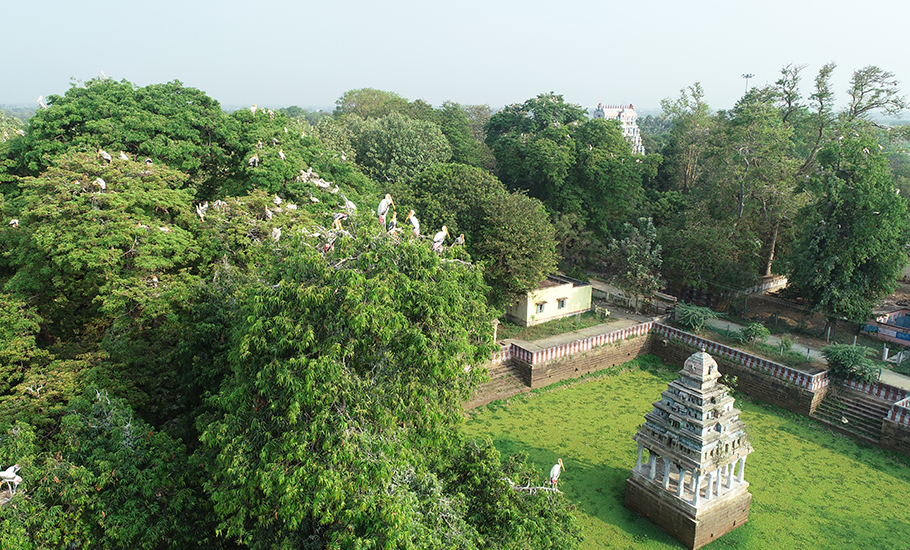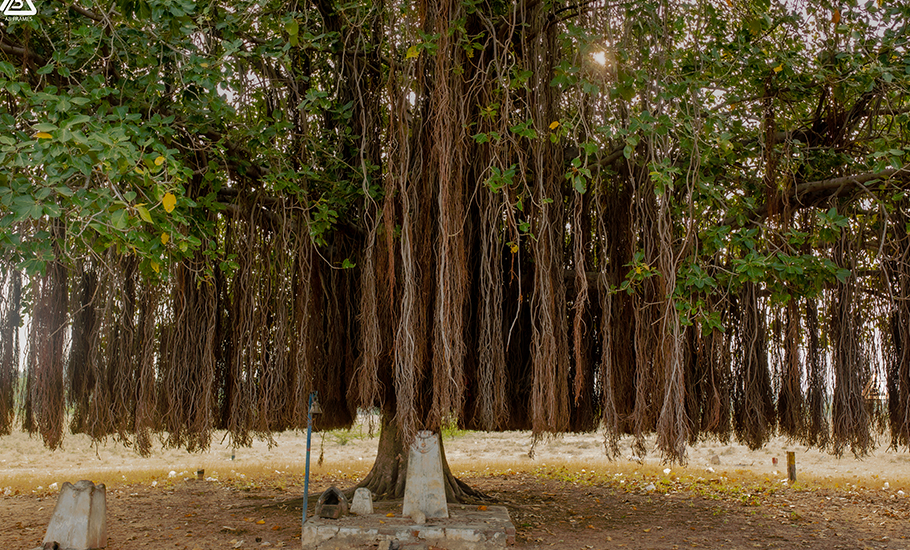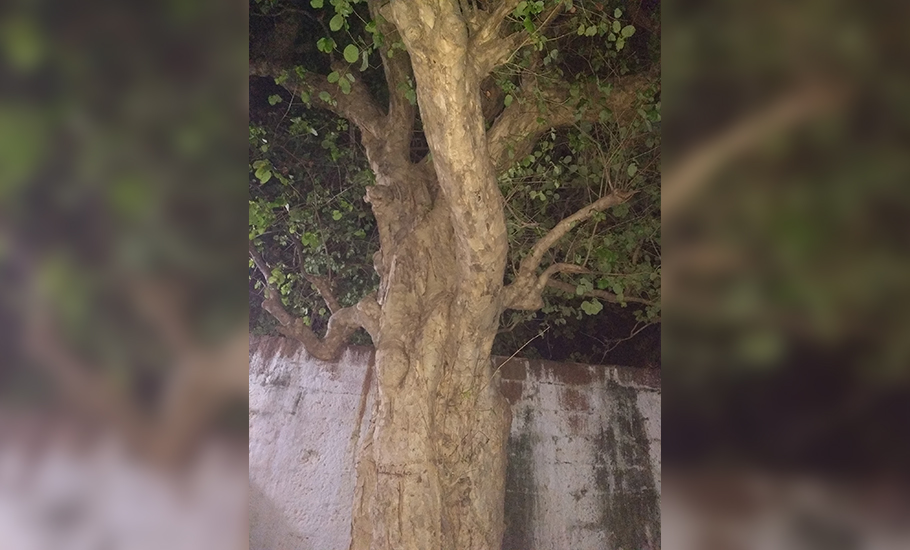

- Home
- News
- Analysis
- States
- Perspective
- Videos
- Education
- Entertainment
- Elections
- World Cup 2023
- Features
- Health
- Business
- Series
- Economy Series
- Earth Day
- Kashmir’s Frozen Turbulence
- India@75
- The legend of Ramjanmabhoomi
- Liberalisation@30
- How to tame a dragon
- Celebrating biodiversity
- Farm Matters
- 50 days of solitude
- Bringing Migrants Home
- Budget 2020
- Jharkhand Votes
- The Federal Investigates
- The Federal Impact
- Vanishing Sand
- Gandhi @ 150
- Andhra Today
- Field report
- Operation Gulmarg
- Pandemic @1 Mn in India
- The Federal Year-End
- The Zero Year
- Premium
- Science
- Brand studio
- Home
- NewsNews
- Analysis
- StatesStates
- PerspectivePerspective
- VideosVideos
- Entertainment
- ElectionsElections
- Sports
- Loading...
Sports - Features
- BusinessBusiness
- Premium
- Loading...
Premium

Tamil Nadu moves to infuse life in sacred gardens around temples

“Located between the world of men and the world of nature, gardens were regarded as a kind of border between the world of men and the world of gods.” Professor of Japanese literature and language, Michel Vieillard-Baron, once said this about the sacred gardens of Japan. Thousands of kilometres away the lines found an echo in India where sacred gardens (Nandavanam in Tamil) are part of...
“Located between the world of men and the world of nature, gardens were regarded as a kind of border between the world of men and the world of gods.” Professor of Japanese literature and language, Michel Vieillard-Baron, once said this about the sacred gardens of Japan.
Thousands of kilometres away the lines found an echo in India where sacred gardens (Nandavanam in Tamil) are part of a practice — going on since time immemorial — of conservation of native trees and associated biodiversity. The traditional sacred gardens act as green fencing to the temple and house native trees and plants that would be beneficial to the temple, as well as the community that lives in the vicinity of the temple. Unfortunately, many such sacred gardens have disappeared due to rapid urbanisation, lack of care and encroachment.
A group of environmentalists in Tirunelveli have, however, taken it upon themselves to preserve what remains of the sacred gardens. Under the first phase of Nellai Tree Mapping exercise, a team from ATREE’s Agasthyamalai Community Conservation Centre (ACCC), Manimutharu along with Tirunelveli district administration surveyed more than 130 temples in the region. The results were motivating. The volunteers recorded more than 3,664 trees belonging to 97 species. With 841 individuals, the neem trees top the list followed by coconut trees (512), bael (307), teak (196), mango (120), peepal (102), Arjuna tree (102). The team also recorded tree species such as mahua, Indian beech, amla, tamarind, banyan and jamun in and around the temples that they surveyed in Tirunelveli.

With 318 trees belonging to 26 species, the Arulmigu Suyambulinga Swamy Temple in Uvari tops the list followed by Nellaiappar Temple (Tirunelveli town) with 294 trees belonging to 30 species. “Sacred gardens host unique assemblages of biodiversity and they act as a gene bank of traditional plant species. The sacred gardens are the last existing green space on the human-dominated landscape that plays a vital role in human health and peace. Conserving these traditional sacred gardens will certainly support human well-being and wildlife,” said M Mathivanan, senior research associate and coordinator of ATREE’s Agasthyamalai Community Conservation Centre.
The district of Tirunelveli has hundreds of old temples on the banks of river Tamiraparani and its tributaries. Many of these temples have space for sacred gardens and some of the temples maintain them well. While documenting the existing trees in the sacred gardens, the volunteers also checked how they can manage these trees in a productive and sustainable way. At least 100 volunteers from Nellai NeerValam — an initiative of the Tirunelveli administration to revitalise and conserve river Tamiraparani and more than 1,200 irrigation tanks in the district — were trained in tree-mapping.
“The volunteers used an exclusive mobile app and documented the details of the temple site, tree species, girth, height, associated biodiversity, services, threats and historical information of the tree/sacred garden along with the GPS coordinates. The collected data will be uploaded on Nellai NeerValam website,” said a release from ATREE.
The regal heritage trees that crossed 100 years of age are also recorded in many of the temples. “A sole Manilkara hexandra (‘ulakkaipalai’ in Tamil) tree is found in Nellaiappar Temple, only three cadamba trees were recorded in the survey and a large and old cadamba tree was recorded at Valliyur. The aged people of Tirunelveli district witnessed ‘cadambavanam’ in many regions of the district but now those tree species have become rare. Nearly 50 species of trees are found in single digits,” said Mathivanan. The team started the survey in 2021 and finished it in January 2022. There were some coordination works and data tallying which delayed the process. We are happy that we could come up with an authentic report of sacred gardens in Tirunelveli,” he said. A similar exercise will soon begin in districts such as Tuticorin and Tenkasi.
Out of 131 temples, seven temples did not have any trees and around 50 temples have less than 10 trees. Around 96 temples have less than 10 species and only 27 temples have more than 10 species. The team noticed that the sacred garden in the Sathyavageeswarar temple at Kalakad has 43 species. “The credit for this vibrant density should be given to the local volunteer group. The members in that group have maintained the tree species (many are native) in this garden. Other temples also should adopt the Kalakad model,” said Mathivanan.

Documentation of sacred gardens is good, but what is the purpose of it? “We have revived two sacred gardens in Tirunelveli so far. Other sacred gardens will be restored in the coming months,” said Mathivanan. “Tree species like coconut and teak trees are planted in large numbers as means to increase revenue generation but these trees have very less ecological values hence, the Hindu Religious and Charitable Endowment Board (HR&CE) needs to consider planting more native trees on the temple premises maintained by it than commercial trees,” he added.
It is important that we understand and utilise the sacred gardens to conserve biodiversity. “The sacred garden at Narumbunathar Temple in Thirupudaimaruthur provides a habitat for thousands of birds, bats, reptiles and small mammals. This is the best example where the people and wildlife coexisted for a long time. We have to develop many such model sacred gardens for wildlife and human well-being. These will serve as a living repository for trees and serve as refugia for birds and small mammals such as palm civet, bat, squirrel in midst of human dominated landscape,” said Mathivanan.

